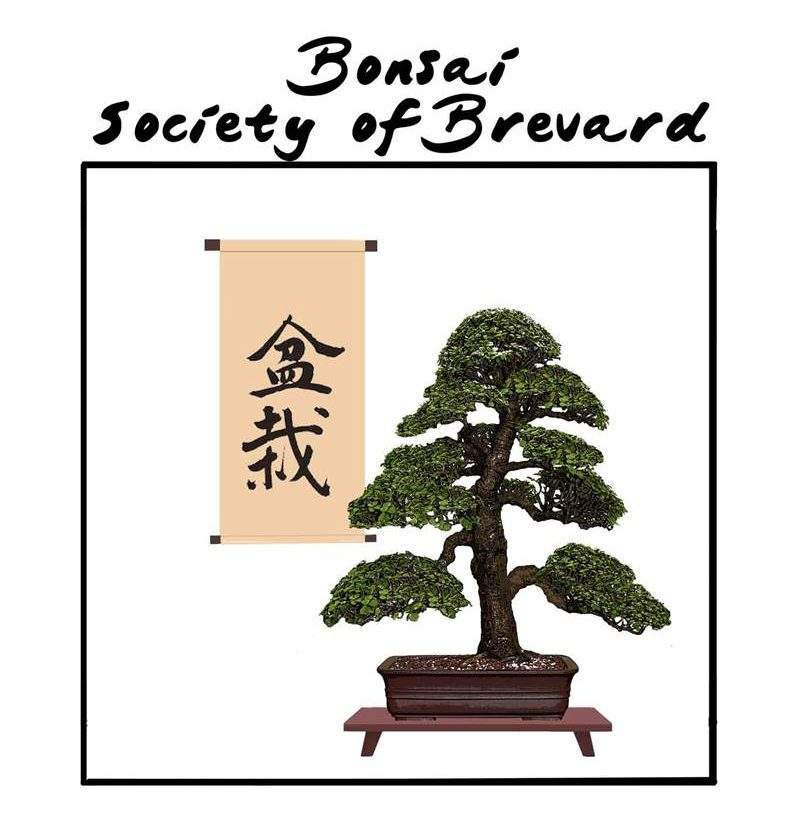This is a continuation of the bonsai care guidance authored by Jim Smith and originally printed in Florida Bonsai Magazine in 1986. It has been updated by Jim and is reprinted with both his permission and that of Florida Bonsai Magazine. The care guidance is suitable for Zones 9b and 10a.

Bonsai in Brevard (Zone 9b and Zone 10a)
The weather for February is usually the same as January but the days are longer. February is the beginning of spring for our area and some of our plants will start to put out buds this month. Continue to monitor the weather forecast for the frost and freeze warnings. If the birds didn’t invade your yard in January they probably will this month or next.
Watering
Your plants should require about the same care this month as they did in January. If you are getting ready to repot a tree, allow the soil to dry for an easy reporting. Wet soil is difficult to remove from roots.
Fertilizer
Fertilize all your plants that you do not plan to repot this spring, as soon as they start to put out new growth.
Insects and Diseases
Continue to check your plants for mites. Since new growth will begin on many of your plants shortly you should be on the lookout for aphids or plant lice. Aphids are small insects most of which are wingless. Winged forms appear when their food supply is impaired by crowding or by maturing of the infested plant tissue. There are three aphids usually seen here, the green aphid is bright green in color. The black aphid is reddish brown to almost black. The melon aphid is variable in color. Nymphs are usually yellowish green and adults are dark green, gray or black. They damage the plant by sucking the juice from the new growth, causing it to twist and curl. Control is easy with any pesticide labeled for aphids. Spray as soon as you see the first signs of them. Follow label directions.
Pinching
Refinement is the name of the game if you want an outstanding bonsai. Follow the suggestions listed below and you will improve your bonsai.
- When you repot your bonsai, compare it with the last photograph you took of it.
- Remove all branches that are not necessary.
- Wire all branches that need to be adjusted.
- Refine each branch, starting at the tip and working toward the trunk. The secondary branches are short at the tip of the branch and longer near the trunk.
- Pinch the new buds all through the growing season to develop the shape you wish to create.
- Leaf prune any tree if all the leaves are too large. Continue to pinch to maintain small leaves.
- Don’t forget a new photograph for future comparison.
Potting
This is the time to repot your bonsai if you haven’t done so already. Deciduous trees should be root pruned before their new buds break and new growth starts. Plants that have been root pruned should be protected from the sun and wind until they become established.
Wiring
If you wire any of your trees at this time, check the wires regularly to make sure that they Do Not cut into the bark. Remove them if they become too tight and replace them if necessary. Plant growth can be extremely fast at this time of year.
Cuttings and Layers
Get ready to start propagation with cuttings and air layers.
Bonsai Society of Brevard
For more detailed information contact our Brevard based Bonsai club.
The Bonsai Society of Brevard is one of the many clubs within the Bonsai Societies of Florida.
